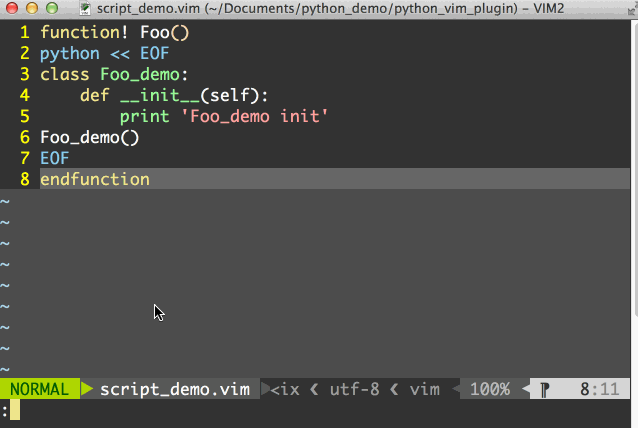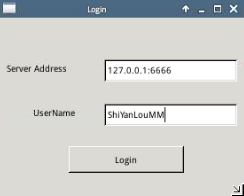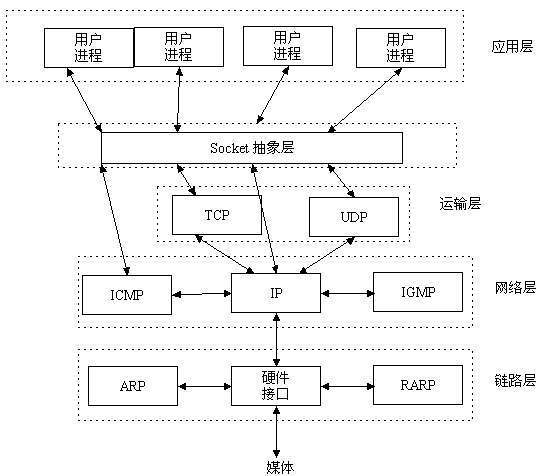Django rest framework工具包简单用法示例
本文实例讲述了Django rest framework工具包简单用法。分享给大家供大家参考,具体如下:
Django rest framework 工具包做API非常方便。
下面简单说一下几个功能的实现方法。
实现功能为,匿名用户访问首页一分钟能访问3次,登录用户一分钟访问6次,只有登录用户才能访问order页面。
第一步,注册app
INSTALLED_APPS = [ 'django.contrib.admin', 'django.contrib.auth', 'django.contrib.contenttypes', 'django.contrib.sessions', 'django.contrib.messages', 'django.contrib.staticfiles', 'app.apps.AppConfig', 'rest_framework', #注册 ]
settings文件注册app
第二步,定义URL,注意url路径最好使用名词。我们这里注册三个视图函数的url,实现验证,首页和定单页面。
from django.conf.urls import url from django.contrib import admin from app import views urlpatterns = [ url(r'^admin/', admin.site.urls), url(r'^auth/', views.AuthView.as_view()), #验证 url(r'^index/', views.IndexView.as_view()), #首页 url(r'^order/', views.OrderView.as_view()), #定单 ]
url文件设置路由
第三步,auth视图函数
from rest_framework.views import APIView
from rest_framework.request import Request
from django.http import JsonResponse,HttpResponse
from app.utils.commons import gen_token
from app.utils.auth import LuffyAuthentication
from app.utils.throttle import LuffyAnonRateThrottle,LuffyUserRateThrottle
from app.utils.permission import LuffyPermission
from . import models
class AuthView(APIView):
"""
认证相关视图
由于继承了APIView,所以csrf就没有了,具体的源代码只是有一个装饰器,
加上了csrf_exempt装饰器,屏蔽了csrf
写法是在return的时候csrf_exempt(view) 和@使用装饰器效果是一样的,这种写法还可以写在url路由中。
"""
def post(self,request,*args,**kwargs):
"""
用户登录功能
:param request:
:param args:
:param kwargs:
:return:
"""
ret = {'code': 1000, 'msg': None}
# 默认要返回的信息
user = request.data.get('username')
# 这里的request已经不是原来的request了
pwd = request.data.get('password')
user_obj = models.UserInfo.objects.filter(user=user, pwd=pwd).first()
if user_obj:
tk = gen_token(user) #返回一个哈希过得字符串
#进行token验证
models.Token.objects.update_or_create(user=user_obj, defaults={'token': tk})
# 数据库存入一个token信息
ret['code'] = 1001
ret['token'] = tk
else:
ret['msg'] = "用户名或密码错误"
return JsonResponse(ret)
上面的代码主要是实现了一个验证的功能,通过gen_token函数来验证,并存入数据库信息。
gen_token单独写到一个utils目录下的auth.py文件中。代码如下:
def gen_token(username):
import time
import hashlib
ctime = str(time.time())
hash = hashlib.md5(username.encode('utf-8'))
hash.update(ctime.encode('utf-8'))
return hash.hexdigest()
通过时间和哈希等生成一个不重复的字符串。
第四步,index视图函数
class IndexView(APIView):
"""
用户认证
http://127.0.0.1:8001/v1/index/?tk=sdfasdfasdfasdfasdfasdf
获取用户传入的Token
首页限制:request.user
匿名:5/m
用户:10/m
"""
authentication_classes = [LuffyAuthentication,]
#认证成功返回一个用户名,一个对象,不成功就是None
throttle_classes = [LuffyAnonRateThrottle,LuffyUserRateThrottle]
#访问次数限制,如果合格都为True
def get(self,request,*args,**kwargs):
return HttpResponse('首页')
同样,将LuffyAuthentication,LuffyAnonRateThrottle,LuffyUserRateThrottle写到了utils目录下。代码如下:
auth.py :
from rest_framework.authentication import BaseAuthentication
from rest_framework import exceptions
from app import models
class LuffyAuthentication(BaseAuthentication):
def authenticate(self, request):
tk = request.query_params.get('tk')
if not tk:
return (None,None)
# raise exceptions.AuthenticationFailed('认证失败')
token_obj = models.Token.objects.filter(token=tk).first()
if not token_obj:
return (None,None)
return (token_obj.user,token_obj)
验证是否为登录用户,如果之前没有登陆过,则将token信息存到数据库
throttle.py :
from rest_framework.throttling import BaseThrottle,SimpleRateThrottle
class LuffyAnonRateThrottle(SimpleRateThrottle):
scope = "luffy_anon"
def allow_request(self, request, view):
"""
Return `True` if the request should be allowed, `False` otherwise.
"""
if request.user:
return True
# 获取当前访问用户的唯一标识
self.key = self.get_cache_key(request, view)
# 根据当前用户的唯一标识,获取所有访问记录
# [1511312683.7824545, 1511312682.7824545, 1511312681.7824545]
self.history = self.cache.get(self.key, [])
# 获取当前时间
self.now = self.timer()
# Drop any requests from the history which have now passed the
# throttle duration
while self.history and self.history[-1] <= self.now - self.duration:
self.history.pop()
if len(self.history) >= self.num_requests: #判断访问次数是否大于限制次数
return self.throttle_failure()
return self.throttle_success() #返回True
def get_cache_key(self, request, view):
return 'throttle_%(scope)s_%(ident)s' % {
'scope': self.scope,
'ident': self.get_ident(request),
# 判断是否为代理等等
}
class LuffyUserRateThrottle(SimpleRateThrottle):
scope = "luffy_user"
def allow_request(self, request, view):
"""
Return `True` if the request should be allowed, `False` otherwise.
"""
if not request.user: #判断登录直接返回True
return True
# 获取当前访问用户的唯一标识
# 用户对所有页面
# self.key = request.user.user
self.key = request.user.user + view.__class__.__name__
# 用户对单页面的访问限制
# 根据当前用户的唯一标识,获取所有访问记录
# [1511312683.7824545, 1511312682.7824545, 1511312681.7824545]
self.history = self.cache.get(self.key, [])
# 获取当前时间
self.now = self.timer()
# Drop any requests from the history which have now passed the
# throttle duration
while self.history and self.history[-1] <= self.now - self.duration:
self.history.pop()
if len(self.history) >= self.num_requests: #访问次数的限制
return self.throttle_failure()
return self.throttle_success() #返回True
限制匿名用户和登录用户的访问次数,需要从settings中的配置拿去配置信息。
permission.py
from rest_framework.permissions import BasePermission
class LuffyPermission(BasePermission):
def has_permission(self, request, view):
"""
Return `True` if permission is granted, `False` otherwise.
"""
if request.user:
return True
return False
权限控制
第五步,order视图函数
class OrderView(APIView):
"""
订单页面:只有登录成功后才能访问
- 认证(匿名和用户)
- 权限(用户)
- 限制()
"""
authentication_classes = [LuffyAuthentication, ]
permission_classes = [LuffyPermission,] #登录就返回True
throttle_classes = [LuffyAnonRateThrottle, LuffyUserRateThrottle]
def get(self,request,*args,**kwargs):
return HttpResponse('订单')
第六步,settings配置
REST_FRAMEWORK = {
'UNAUTHENTICATED_USER': None,
'UNAUTHENTICATED_TOKEN': None,
"DEFAULT_THROTTLE_RATES": {
'luffy_anon': '3/m', #匿名用户一分钟访问3次
'luffy_user': '6/m' #登录用户一分钟访问6次
},
}
最后,实现功能为,匿名用户访问首页一分钟能访问3次,登录用户一分钟访问6次,只有登录用户才能访问order页面。
学习Django rest framework需要随时查看源代码,判断源代码的逻辑思路来自定义自己的功能,如此学习效率极高。
希望本文所述对大家基于Django框架的Python程序设计有所帮助。


